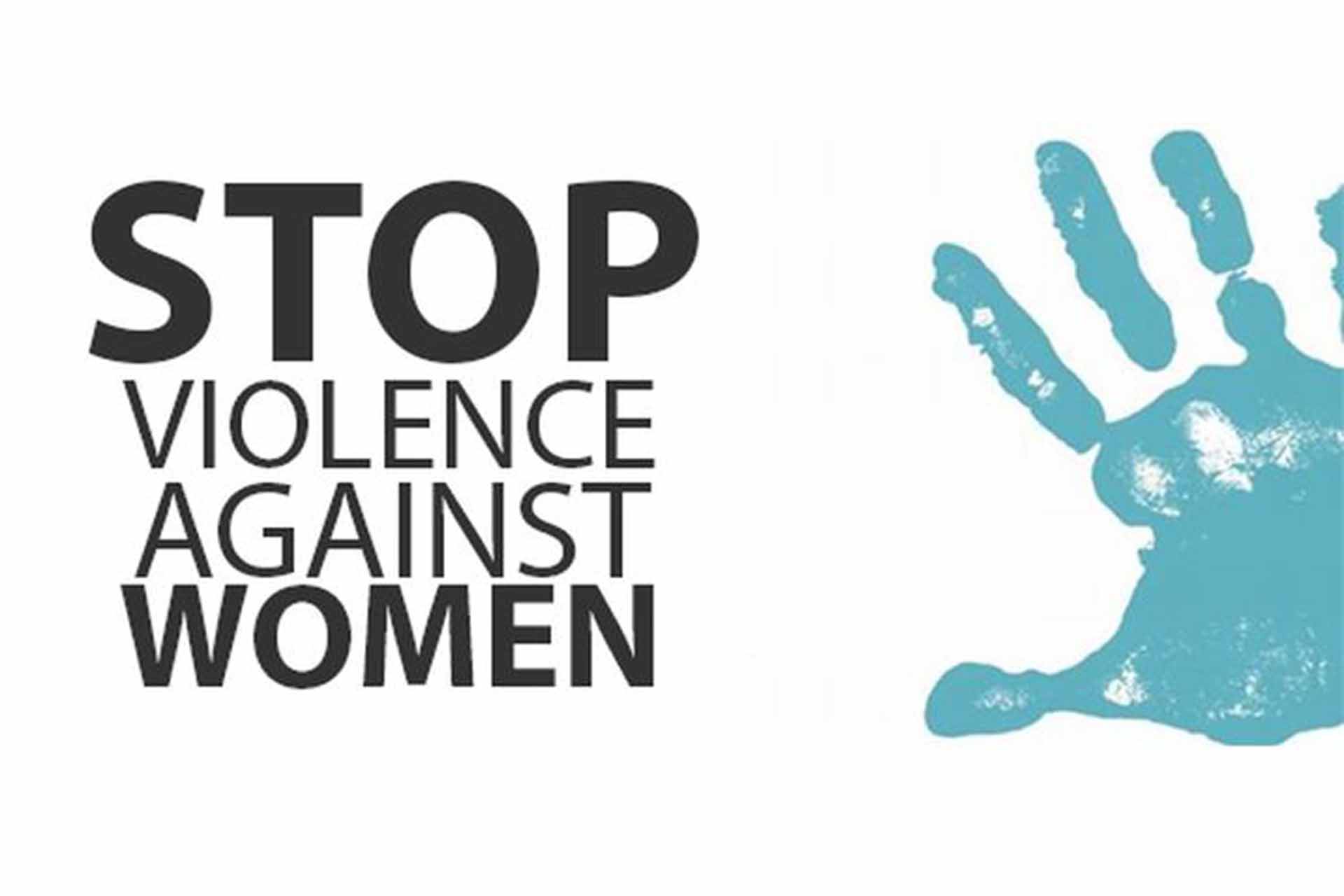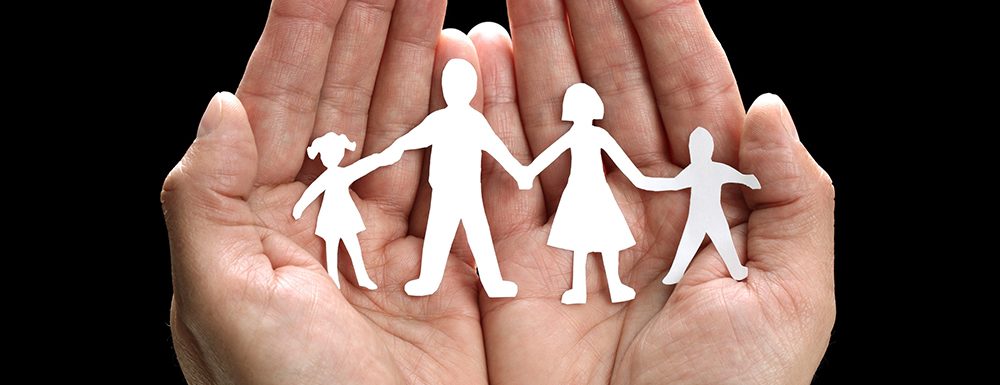
It’s deeply uncomfortable to talk about violence against women and girls. You can be shouted down, accused of implying that all men are violent, when all you mean is that all women are affected. All women? Really? Let me explain.
For a start, we are all silenced by it. Some forms of violence against women – emotional abuse, financial control, street harassment, sexist abuse – are just meant to be ignored, tolerated, or even joked about. Even in 2015, commentators regularly criticise women who are not prepared to tolerate sexism. And the more violent abuse against women becomes, the more women are not believed that it even happened, or are blamed for provoking it.
Not only that, but whether or not they have yet been victims of abuse, all women and girls are afraid. We may be very able to live with the fear, but why should we? We all have to accept a level of fear in a dark, lonely street. We all have to think about crossing the road to avoid a group of men, even though of course those men may be perfectly safe. And why do I say it’s a matter of whether a woman has “yet” been a victim? Well, if you stop and think about sexual coercion, is there seriously a woman who has never felt obliged to do something sexually that she didn’t want to do? There can’t be many.
Domestic abuse is still one of the most hidden and lethally dangerous forms of violence against women. In intimate relationships, there is a fundamentally gendered pattern of abuse that affects women from all backgrounds, from any profession or none, from all cultures. In England and Wales, on average, two women a week are killed by a partner or former partner. Of all women killed in this country, nearly half are killed by an intimate partner. For men, the figure is 7%, a third of these were killed by a man, and many women who kill do so in retaliation after a long pattern of being victimised themselves. Men can be victims of domestic abuse too, just as white people can be victimised because of their colour – but neither are part of a culturally reinforced, socially condoned pattern of discriminatory violence.
We must not be ashamed of talking about violence against women, because that in itself is one of its most insidious effects. Cultural change is critical to ending it, and that can only happen if far more people speak out. Successful professional women often have a platform and networks that can help. I urge you to use them.
For more information about domestic abuse visit www.womensaid.org.uk, follow Women’s Aid on Twitter at @womensaid, follow Polly on Twitter at @pollyn1


